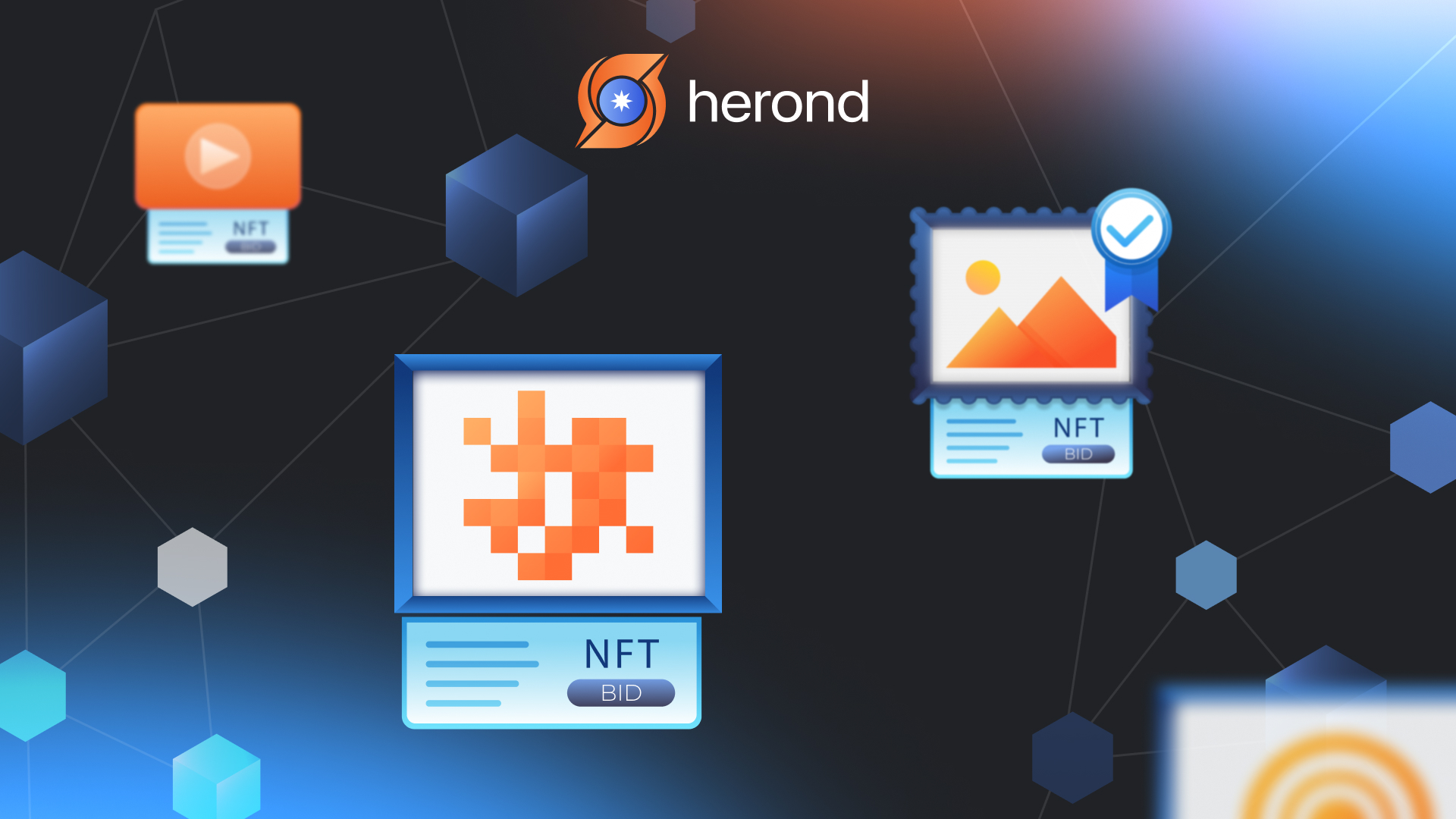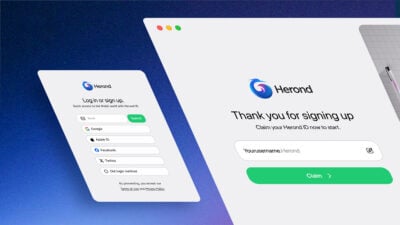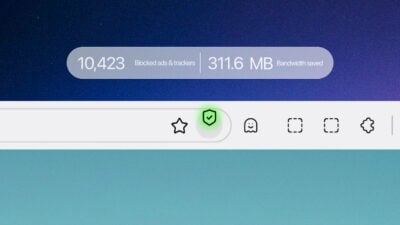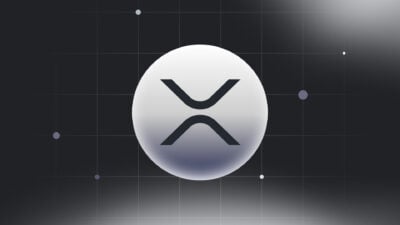Bitcoin and Ethereum are popular cryptocurrencies that we usually heard of. In Crypto World, they are called fungible tokens. So have you ever heard about “Non-Fungible Token” or “NFT”?
Lately, the NFT trend represents a transformative shift in how digital assets are created, owned, and monetized, offering new opportunities for creativity, investment, and participation in the digital economy. As the market continues to evolve, it is expected to drive further innovation and growth in the coming years.
This article aims to provide you the A-Z information about NFTs and its practical applications.
What is an NFT?

NFT, which stands for Non-Fungible Token, is a type of digital asset that represents ownership or proof of authenticity of a unique item or piece of content, typically stored on a blockchain.
Key features of NFT
Here are some main features of NFTs:
Uniqueness

Each NFT is distinct and cannot be replicated. It represents ownership or proof of authenticity of a specific digital asset, distinguishing it from other tokens or assets.
Indivisibility
NFTs are indivisible units, meaning they cannot be divided into smaller units like cryptocurrencies such as Bitcoin or Ethereum. They represent whole and unique digital assets.
Blockchain-Based
NFTs are typically built on blockchain platforms such as Ethereum, Binance Smart Chain, or Flow. The blockchain provides a decentralized and immutable ledger that records ownership and transaction history, ensuring the authenticity and scarcity of NFTs.
Ownership and Authenticity
NFTs serve as digital certificates of ownership or proof of authenticity for digital assets such as artwork, collectibles, virtual real estate, music, videos, or in-game items. They enable creators to tokenize and monetize their work, while buyers can demonstrate ownership and transferability of unique digital items.
Interoperability
NFTs can be bought, sold, and traded on various online marketplaces and platforms that support NFT transactions. This interoperability allows creators and collectors to engage in a global marketplace for digital assets, regardless of the underlying blockchain platform.
Smart Contracts
NFTs are often accompanied by smart contracts, programmable code that governs the ownership, transfer, and usage rights of the digital asset. Smart contracts can automate royalty payments, enforce usage rights, or enable dynamic pricing mechanisms, enhancing the functionality and utility of NFTs.
Market Value
The market value of NFTs is determined by factors such as scarcity, demand, provenance, and perceived value by collectors. High-profile sales of NFTs, such as digital art pieces or virtual real estate, have fetched significant prices in online auctions and marketplaces, highlighting the potential economic value of NFTs.
How an NFT works
Now, we will go through the Step-by-Step Guide on the full process of how an NFT works.
Step 1: Creation of Digital Asset
The process begins with a creator producing a digital asset, which could be anything from artwork, music, videos, virtual real estate, collectibles, or any other unique digital content.
Step 2: Minting the NFT

The creator then decides to tokenize this digital asset into an NFT. They choose a blockchain platform that supports NFT standards, such as Ethereum’s ERC-721 or ERC-1155. The creator then uses a minting platform or smart contract to create the NFT.
Step 3: Uploading the Digital Asset
The creator uploads the digital asset along with relevant metadata to the minting platform or smart contract. Metadata can include details such as title, description, attributes, and any other pertinent information about the digital asset.
Step 4: Deployment of Smart Contract
Once the digital asset and metadata are uploaded, a smart contract is deployed on the chosen blockchain to represent the NFT. This smart contract contains the logic and rules governing the ownership, transfer, and usage rights of the NFT.
Step 5: Tokenization
The digital asset is tokenized into a unique cryptographic token, which is then associated with the corresponding smart contract on the blockchain. This token serves as a digital certificate of ownership or proof of authenticity for the underlying digital asset.
Step 6: Ownership Transfer
The NFT can now be bought, sold, or traded on various online marketplaces and platforms that support NFT transactions. When a transaction occurs, ownership of the NFT is transferred from the seller to the buyer through a peer-to-peer transaction on the blockchain. This transfer is recorded on the blockchain ledger, providing a transparent and immutable record of ownership.
Applications of NFT
NFTs have a wide range of applications across various industries. Some common applications of NFTs include:
Digital Art

NFTs enable artists to tokenize their digital artwork, creating unique digital assets that can be bought, sold, and traded on online marketplaces. NFTs provide artists with a new way to monetize their work and establish ownership and authenticity in the digital art market.
Gaming

NFTs are integrated into gaming ecosystems to create rare and unique in-game items, characters, or skins that players can own and trade. NFTs enable players to have true ownership of their digital assets, allowing them to transfer or sell items both within and outside of games.
Virtual Real Estate

NFTs are used to represent ownership of virtual real estate or digital land within virtual worlds or metaverses. Owners can buy, sell, or develop virtual properties using NFTs, creating new opportunities for investment and development in virtual environments.
Music and Media

NFTs are used to tokenize digital music, videos, or other media content, allowing creators to monetize their work and establish ownership rights. NFTs enable artists to sell limited edition albums, concert tickets, or exclusive content directly to fans.
NFT Vs. Other Cryptocurrencies: Key Differences
As discussed above, NFTs are Non-Fungible Tokens. So, what are the Fungible Tokens? Some common examples of Fungible Tokens include Bitcoin, Ethereum, Binance Coin, etc.
And what are the main differences between NFTs and other Cryptocurrencies? Let’s dive in with us!
| Criteria | Fungible Tokens | NFTs |
| Fungibility | Fungible | Non-fungible |
| Ownership and Authenticity | Primarily serve as digital currencies or mediums of exchange | Represent ownership or proof of authenticity of unique digital assets |
| Use Cases | Primarily used as digital currencies for peer-to-peer transactions, investments, remittances, or as a store of value | Various use cases, including digital art, collectibles, gaming assets, virtual real estate, music, videos, etc. |
| Market Dynamics | Driven by factors such as supply and demand dynamics, adoption, regulatory developments, technological advancements, and macroeconomic trends. | Driven by factors such as scarcity, demand, provenance, and perceived value by collectors |
| Token Standards | Based on standard token protocols such as ERC-20 for Ethereum-based tokens or other blockchain-specific standards | Using specific token standards such as ERC-721 or ERC-1155 for Ethereum-based tokens |
Conclusion
To sum up, NFTs revolutionize ownership and monetization of digital assets by leveraging blockchain technology to provide unique, secure, and verifiable representations of digital content. In other words, they enable creators to tokenize and monetize their work, while collectors can demonstrate ownership and transferability of unique digital items in a global marketplace.
Moreover, it is also essential to understand the key differences between NFTs and other cryptocurrencies before making decisions when investing.
About Herond Browser
Herond Browser is a Web browser that prioritizes users’ privacy by blocking ads and cookie trackers, while offering fast browsing speed and low bandwidth consumption. Herond Browser features two built-in key products:
- Herond Shield: an adblock and privacy protection tool;
- Herond Wallet: a multi-chain, non-custodial social wallet.
Herond aims at becoming the ultimate Web 2.5 solution that sets the ground to further accelerate the growth of Web 3.0, heading towards the future of mass adoption.
Join our Community!








It’s always a joy to stumble upon content that genuinely makes an impact and leaves you feeling inspired. Keep up the great work!
Your blog post was really enjoyable to read, and I appreciate the effort you put into creating such great content. Keep up the great work!